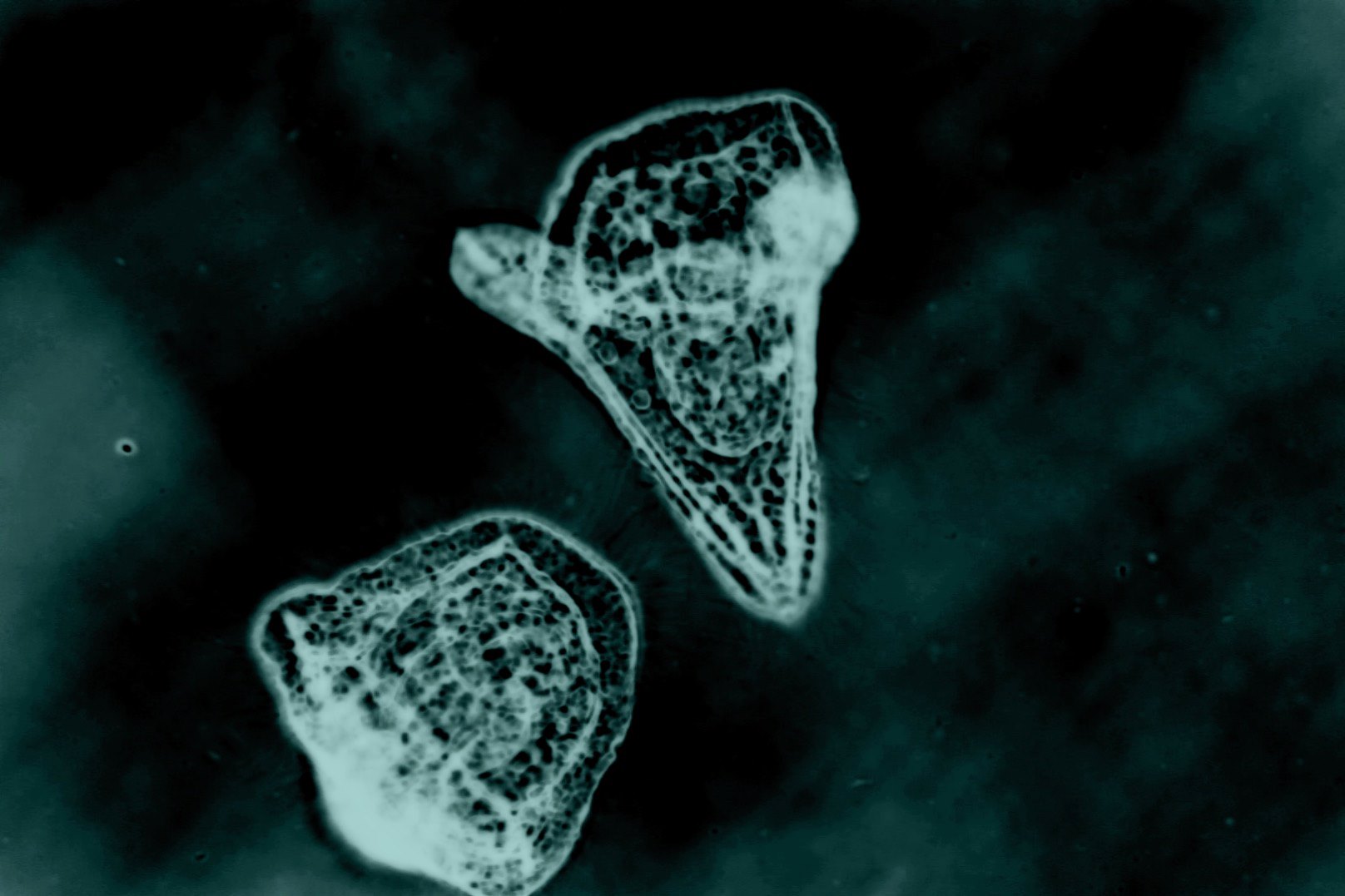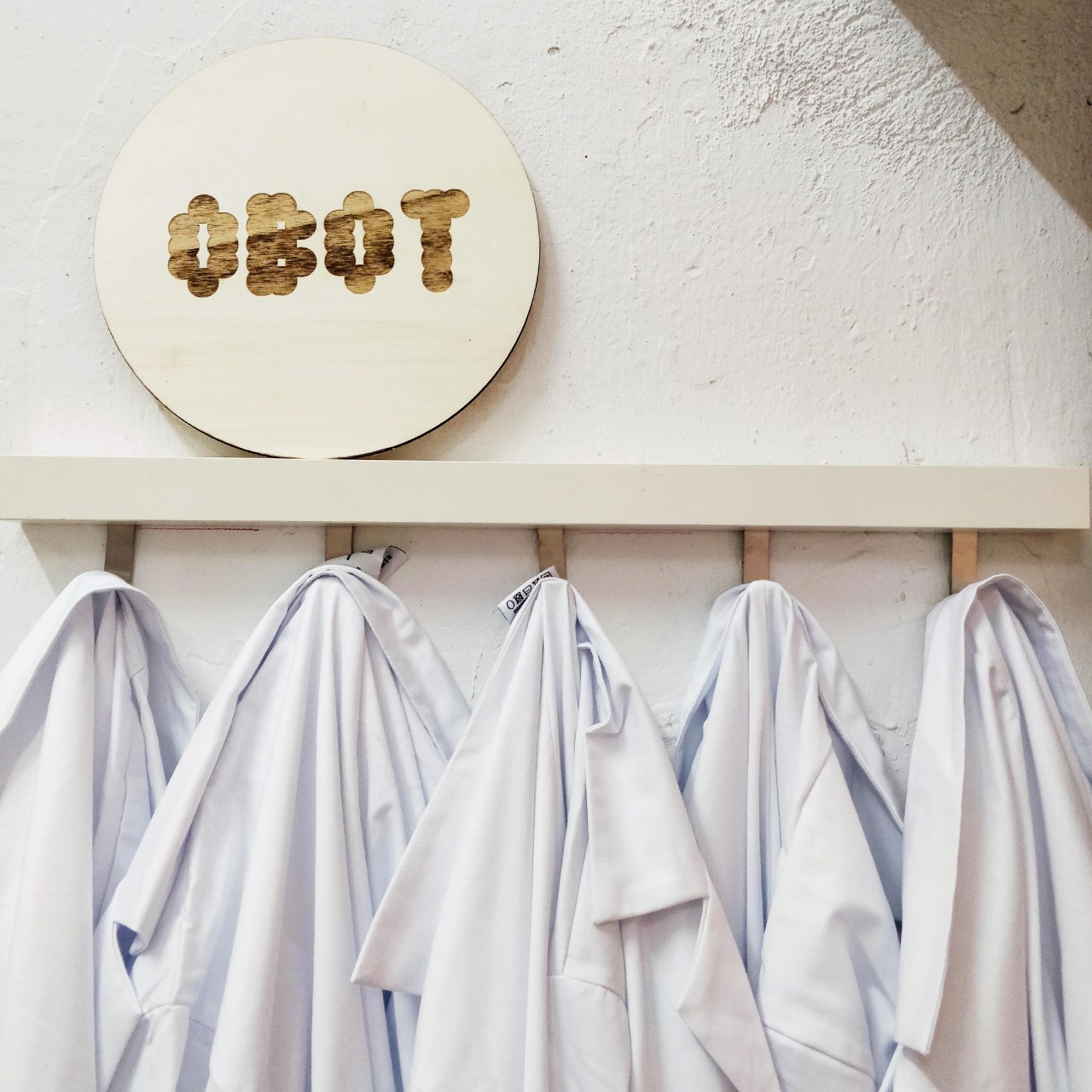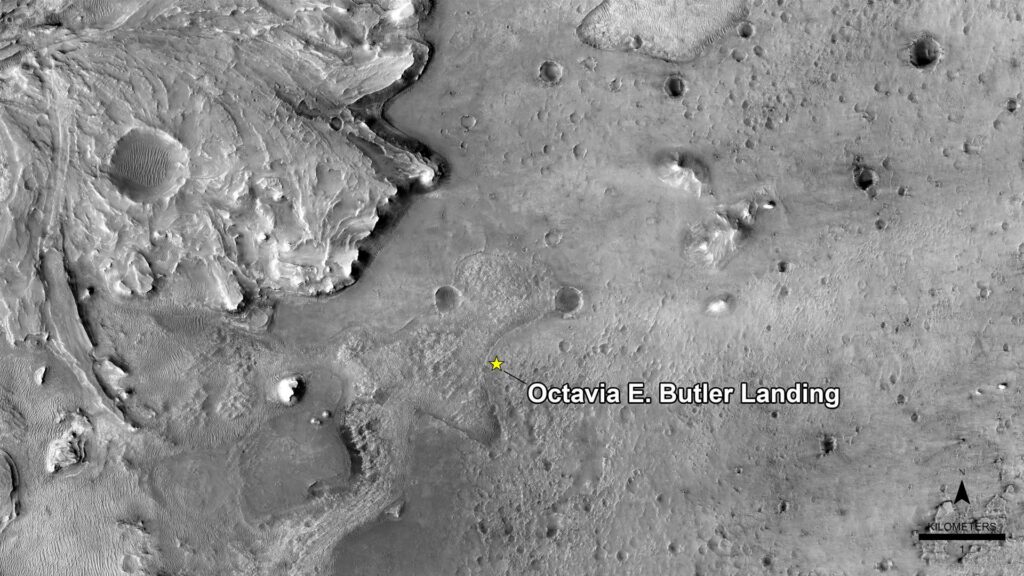
How does power operate through sound violence? How did colonial practices use sound as a tool of domination and control, from the barking of dogs to the mutilation of auditory organs? How do police and military forces use sound as an instrument of torture and repression?
What violences are generated when language is lost, erased, forbidden? What do the different speech practices and the ways in which voices distort silence imply? What would a space-time not traversed by such violence be like? What sounds would a hypothetical anti-colonial sound archive include?
Based on these questions and others that arise, during two sessions we will review a story by Octavia Butler, a sound and visual collage by Elysia Crampton and a short film by Lucrecia Martel, in the workshop Sonic Fictions. Conversations on Sound as a Tool for Struggle and Resistance, we will speculate on voice, speech, music and sound as tools of decolonial struggle and resistance, amplifying listening as a matrix of fictions to enter into their transformative codes. In a third session, we will record a podcast with the experience of the workshop.
The intention is to talk about the power of sound fictions that operate in dissent, that alter the modes of sensitive representation and hegemonic forms of enunciation by changing frames, scales, rhythms, building new appearances between the real and the speculative, the singular and the common, the human and the non-human, the (in)visible, (in)decible, the (in)audible, the (i)recognizable and its significance.
Dates: June 10 and 17, 2021
Time: 6 pm- 8 pm
Participants: max. 25 people
Registration: here
Registration fee: 3€. Includes free admission to the CCCB’s Ciencia Fricción exhibition. Payment can be made at the entrance of the workshop at Hangar.
Previous materials
First session. Speech Fabulation
- the story Speech Sounds by African-American writer Octavia Butler, a dystopia in which a virus causes people to lose the ability of language, both spoken and written, and the world is transformed into a chaos of violence and destruction. More info
- short film “Nueva Argirópolis”, by Argentine filmmaker Lucrecia Martel, in which a soundtrack without subtitles composed of rumours, almost inaudible conversations, gestures and speech codes incomprehensible to the border police presents a soundscape in which a group of indigenous activists plot resistance. More info
Second session. Cuir sonic fictions
- mini-opera Dissolution of the Sovereign: A Time Slide Into the Future (Or: A Non-Abled Offender’s Exercise in Jurisprudence) (2016) by trans artist Aymara Elysia Crampton, a sound and visual collage that fabulates the resurrection in the distant future of Bartolina Sisa, an Aymara revolutionary who in the 13th century fought against the Spanish conquerors and was brutally murdered, and her merger with non-white trans cyborgs sheltered in a subway labyrinth of abandoned American prisons. More info
Helen Torres is a sociologist, educator and translator. She works from feminist and anti-colonial perspectives on the articulation between language, art and politics. She has published a novel (Autopsia de una langosta, Melusina, 2010) and an anthology of short stories (Relatos Marranos, Pol·len, 2015). She has specialized in the work of Donna Haraway, by whom she has translated into Spanish Testigo_Modesto@Segundo_Milenio: HombreHembra_Conoce_Oncoratón (UOC, 2002), el Manifiesto Chthuluceno desde Santa Cruz and Seguir con el problema (consonni, 2019). She conducts workshops on speculative fabulation. She has translated Marge Piercy’s Mujer al borde del tiempo (consonni, 2020). She has developed geolocated sound narratives and literary walks. Her latest sound intervention, Exercici de fabulació especulativa, is part of the exhibition Polítiques del sòl, curated by Christian Alonso.
http://helenatorres.wordpress.com/
This workshop is part of the program Ficciones del des-orden, and is organized in collaboration with Biofriction (European project led by Hangar) and the exhibition Ciencia Fricción at the CCCB.
To hear the collective podcast between the participants and Helen the link available at Archive.org.
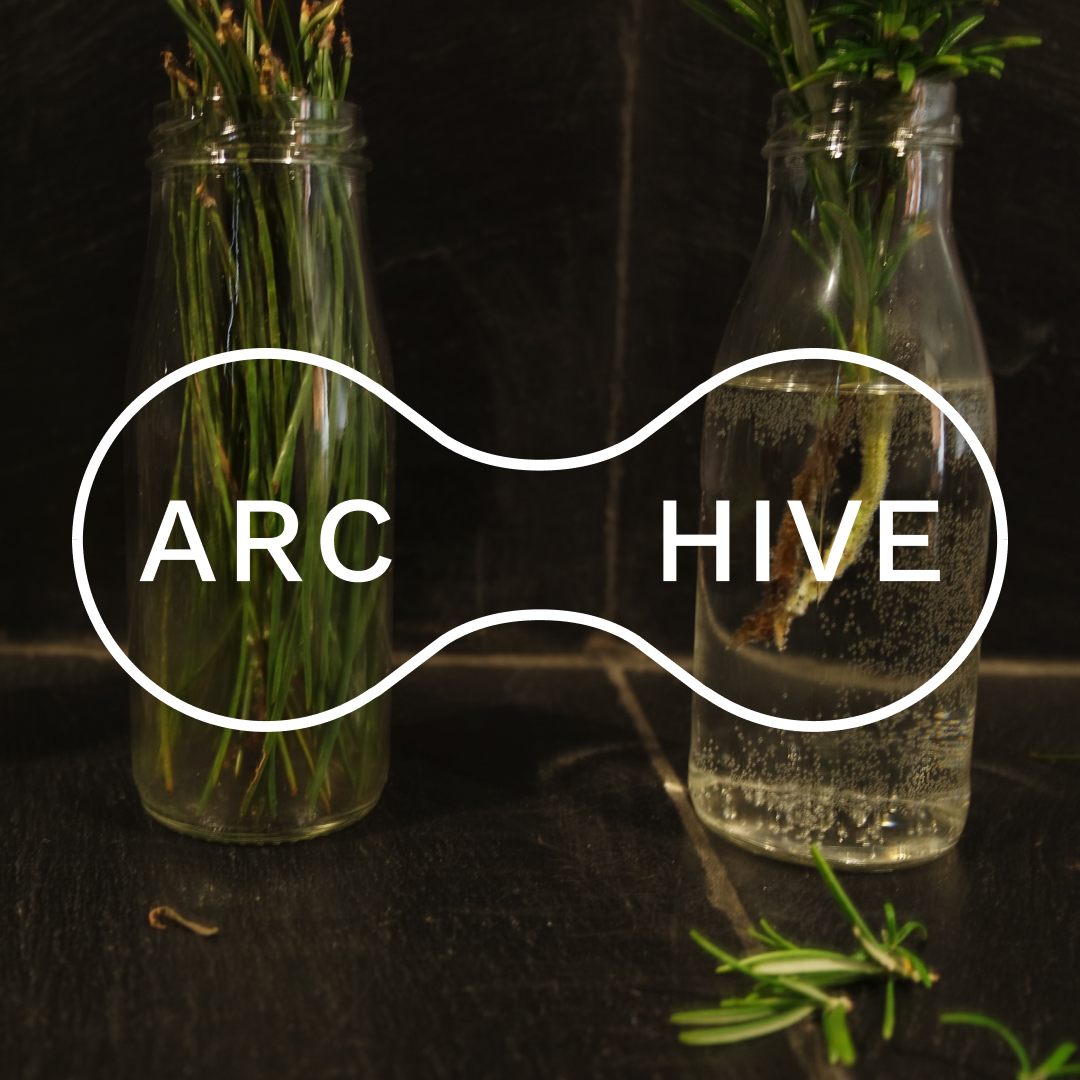
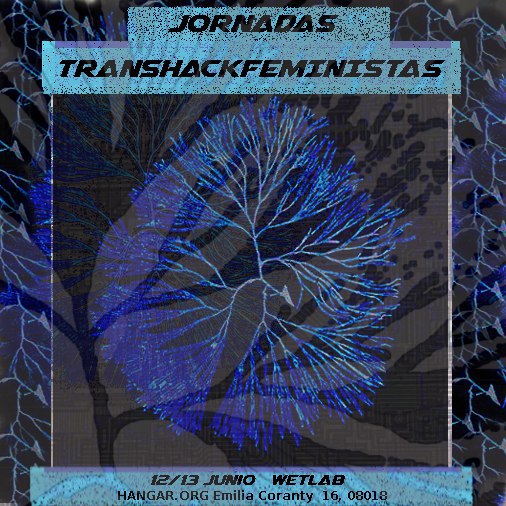
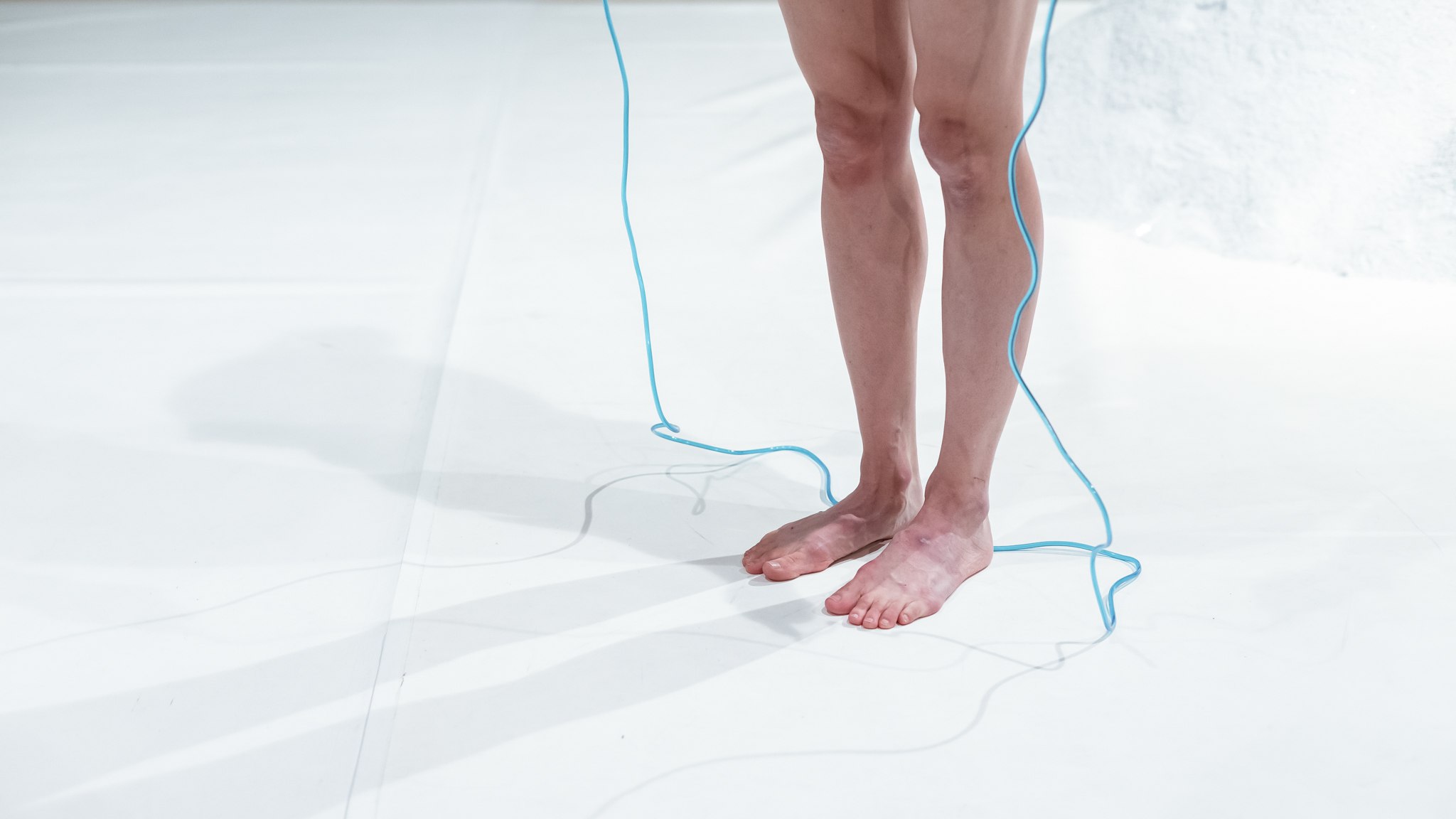 Biofriction Radio collects podcasts interviewing Biofriction artists in residence exploring evolutionary biology, artistic practices, and thoughts from experimental research with biotech.
Biofriction Radio collects podcasts interviewing Biofriction artists in residence exploring evolutionary biology, artistic practices, and thoughts from experimental research with biotech.